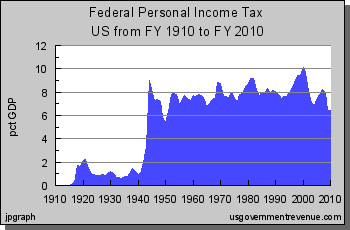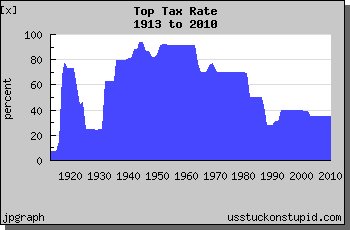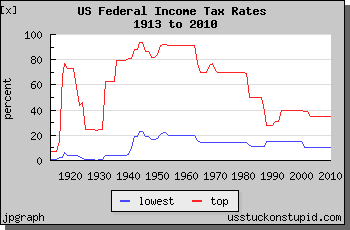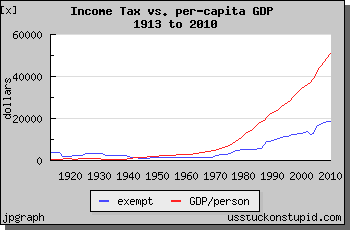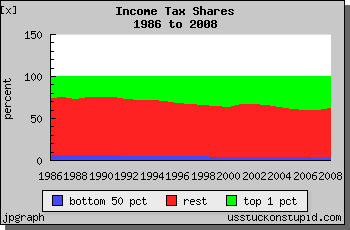Herbert Hoover
Franklin D. Roosevelt
71st Congress
James E. Watson
Nicholas Longworth
72nd Congress
John Nance Garner
73rd Congress
Henry T. Rainey
Joseph T. Robinson
74th Congress
Joseph W. Byrns
Robert F. Wagner
75th Congress
Alben Barkley
William B. Bankhead
76th Congress
Carl Hatch
National Recovery Administration
Public Works Administration
National Labor Relations Board
Works Progress Administration
Smoot-Hawley Tariff Act
Reconstruction Finance Corporation
Revenue Act of 1928
Revenue Act of 1932
Agricultural Adjustment Act
Civilian Conservation Corps
Emergency Banking Relief Act
Glass-Steagall Act
Home Owners' Loan Corporation
National Industrial Recovery Act
Securities Act
Tennessee Valley Authority
Revenue Act of 1934
Revenue Act of 1935
Social Security Act
Wagner Act
Revenue Act of 1936
Rural Electrification Act
Undistributed Profits Tax
Civil Aeronautics Act
Fair Labor Standards Act
Hatch Act
Neutrality Act of 1939
Democratic Party History
Republican Party History
1928 US House Elections
1928 US Senate Elections
1930 US House Elections
1930 US Senate Elections
1932 US House Elections
1932 US Senate Elections
1934 US House Elections
1934 US Senate Elections
1936 US House Elections
1936 US Senate Elections
1938 US House Elections
1938 US Senate Elections
Gold Standard
Great Depression
Wall Street Crash of 1929
Creditanstalt Bank
Recession of 1937
Causes of the Great Depression
The Great Depression
Economic Recovery in the Great Depression
Andrew Mellon
Samuel Insull
Schechter Poultry Corp. v. United_States
Hoover Acts to Keep Wages and Prices Up
Bailing Out Businesses with the RFC
US Federal Income Tax History from 1913
A usstuckonstupid.com brief by Christopher Chantrill
As soon as the states had ratifed the Sixteenth Amendment to the US Constitution, Congress passed an income tax. It began with a tax on married couples of one percent on taxable incomes over $4,000 and seven percent on incomes over $500,000.
1929-1939: “A Decade that will live — in stupidity.”
Why Stuck on Stupid?
Seventy years ago the leaders of both US political parties turned away from the policies that had created an economic powerhouse we call the Roaring Twenties. For ten long years Americans suffered through wrenching economic dislocations: deflation, inflation, a four-year economic contraction, endless unemployment, mindless political experiments, and ruthless attacks on businessmen for political gain as their leaders stayed Stuck on Stupid.
Today, after a twenty-five year economic boom, Americans are once more faced with a political elite that wants to monkey with success. It wants to raise tax rates. It wants to restrict trade. It wants to increase government power.
It’s time to look back and remind ourselves how it came to be, starting in 1929, that America got itself Stuck on Stupid. Otherwise it could happen again.
— Christopher Chantrill

> archive
sitemap updated
usstuckonstupid.com
presented by Christopher Chantrill
Contact

